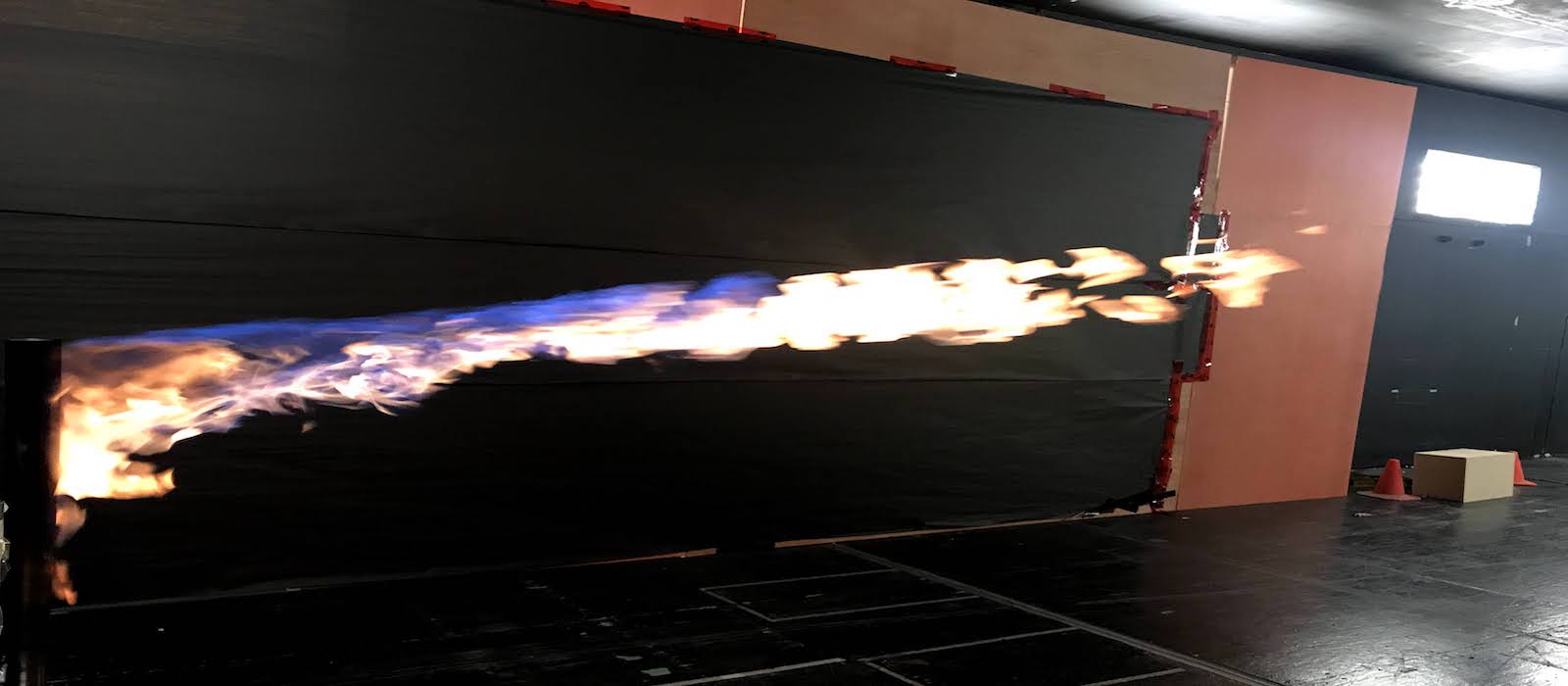Boundary Layer Wind Tunnel Laboratory
At the Boundary Layer Wind Tunnel Laboratory, In collaboration with The University Of Western Ontario, researchers at the Energy and Emissions research lab are conducting the world’s first systematic experiments to specifically quantify the impacts of turbulent crosswind scale and intensity on emissions from flares.
The Boundary Layer Wind Tunnel Laboratory (BLWTL), located at Western University, is a state-of-the-art experimental facility designed to progress wind tunnel testing and analysis methods, playing an important role in the development of modern day wind engineering since its construction in 1964. The tunnel also proved integral in ensuring the safe and economical construction of civil engineering structures, having a hand in the design of the CN Tower and the Confederation Bridge. Today the facility is used by researchers to analyze the effects of crosswind turbulence for a wide-variety of engineering technologies.

Facilities at the BLWTL include:
- Five wind tunnel test areas, including state-of-the-art boundary layer wind tunnels BLWT 1 and BLWT 2, used to investigate the aerodynamics of buildings, bridges and other structures
- Shaker table and Total System Test apparatus to examine structure excitation
- Systems test facility for damping of structures
- Water tunnel
- Full scale monitoring equipment
- Laser Doppler anemometry
- Water tank test area to examine wind and wave action
- Particle Image Velocimetry
- Numerical modeling of flow conditions
- Fully automated experiment control and data acquisition
- Fully automated 2048-channel pressure scanning system

